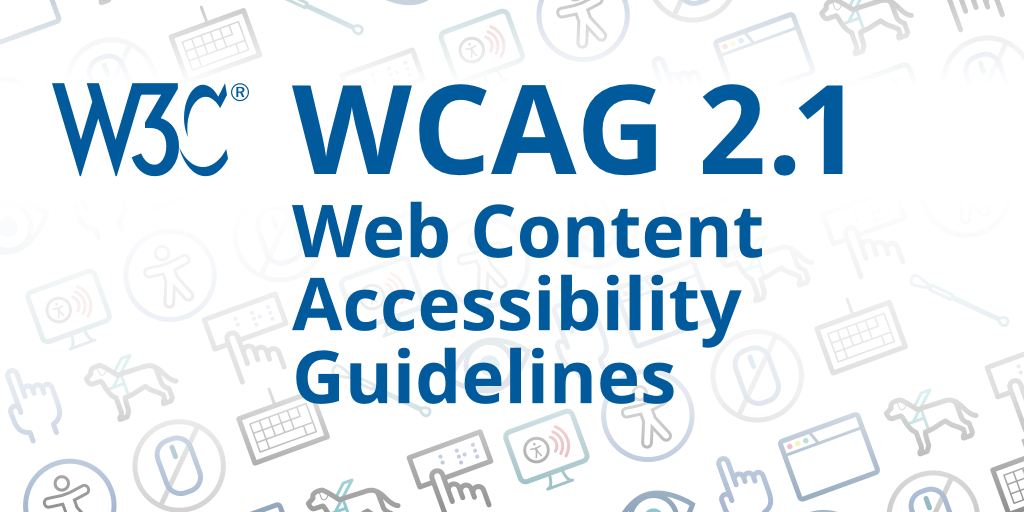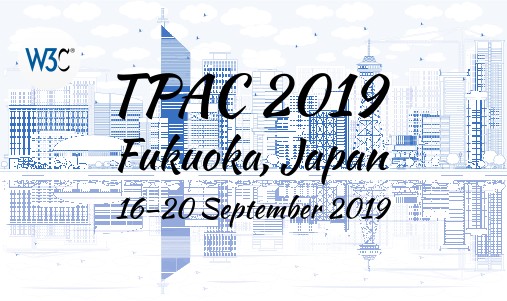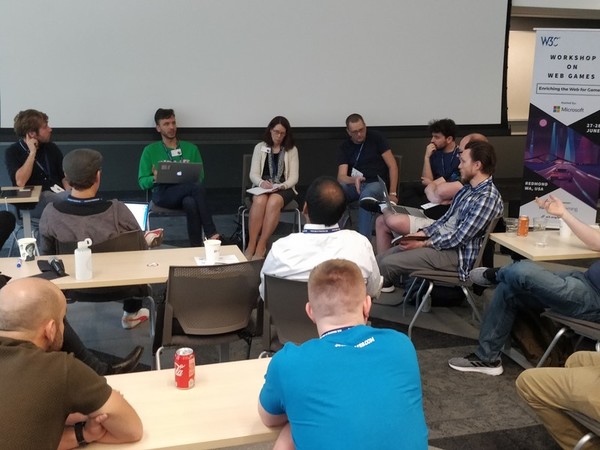W3C has published a new version of its Roadmap of Web Applications on Mobile, an overview of the various technologies developed in W3C that increase the capabilities of Web applications, and how they apply more specifically to the mobile context.
The November 2019 snapshot refreshes the list of technologies under incubation in Community Groups or on the standardization track in Working Groups. See the Change history since April 2019 for details. New standardization proposals have notably emerged, including:
- WebTransport, an API similar to WebSocket but closer to UDP and based on QUIC, described in Network and Communications;
- WebCodecs to expose media encoders/decoders to web applications, described in Media;
- WebGPU, described in Graphics and Layout, which has made significant progress in the past few months;
- Input for workers and worklets, described in User Interaction;
- Various low-level specifications for Performance and Tuning, such as
isInputPending, the<virtual-scroller>element, and Audio Device Client in Media.
Former proposals under incubation in Community Groups have moved to the standardization track since April 2019. For instance, media specifications such as Media Capabilities, Picture-in-Picture, and Media Session are now being standardized by the Media Working Group (see Media). Similarly, the CSS Animation Worklet API has been adopted by the CSS Working Group (see Performance and Tuning).
Still in the performance ballpark, WebAssembly has made quick progress on the standardization track and was moved to well-deployed technologies in Performance and Tuning.
On top of specifications, the November 2019 snapshot also reflects on implementation progress. For instance, Resize Observer shipped in Firefox and Safari (see Device Adaptation), Background Fetch shipped in Chrome (see Application Lifecycle) and the
<datalist> element defined in HTML shipped on all main browsers (see Forms).
Sponsored by Beihang University, this project is part of a set of roadmaps under development in a GitHub repository to document existing standards, highlight ongoing standardization efforts, point out topics under incubation, and discuss technical gaps that may need to be addressed in the future. New versions will be published on a quarterly basis, or as needed depending on progress of key technologies of the Web platform. We encourage the community to review them and raise comments, or suggest new ones, in the repository’s issue tracker.








